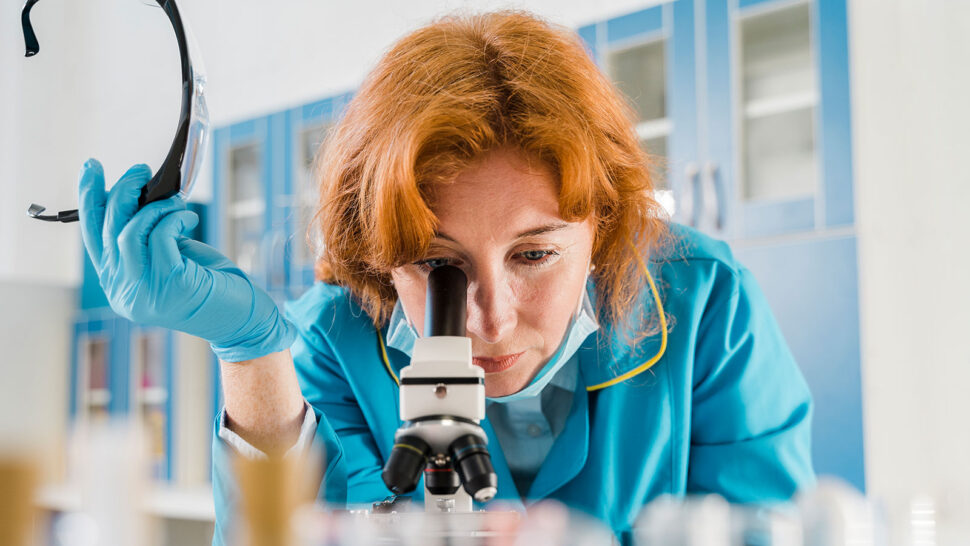Women in science: opportunities and obstacles

Women in science receive less recognition for their contributions. A large-scale study involving researchers and multiple university departments found that women in science are less likely to receive authorship credit for their work than their male counterparts.
In an international comparison, the level of representation of women among researchers in the Czech Republic is the lowest of all EU countries. Data from as far back as 2000 shows this. Read more about this issue here.
The results, published in June 2022 in the journal Nature, showed that women working on a research project were less likely to be listed as an author.
„The gap is strong, persistent, and independent of the field of research.“ Julia Lane, co-author of the study and a professor at New York University, said.
Gender differences in scientific output are well documented. An analysis using individual data suggested that the lower rate of publication and patents is related to lower productivity of women, which is caused by a less welcoming work environment, greater family responsibilities, etc. However, the study shows that this is not lower productivity, but an underestimation of women’s work. Thus, they are systematically less likely to be cited as authors of articles and patents.
Less recognition of women in science is not hypothetical. A canonical example is Rosalind Franklin and her seminal contribution to the discovery of the structure of DNA, which went unnoticed and until long after her death did the scientific community realize wrongly denied authorship.

Walter Isaacson recounted the concerns of Jennifer Doudna and Emmanuelle Charpentier regarding the use of CRISPR for genome editing. It begs the question of how many women’s contributions have been omitted under similar circumstances, and how many women have been and are discouraged from careers in science as a result of these machinations.
Library databases used to study scientific output consist only of named authors or inventors, not unnamed contributors, and thus large case studies cannot be used. Data on research teams can be used, i.e. information on 9778 teams over a four-year period (39426 articles and 7675 patents).
Women make up only a third of authors
The evidence obtained from the analysis showed that R.Franklin is far from unique in not receiving recognition for her work. Women make up only 34.85% of authors, even though they make up half of the workforce. The credit system is different for women and men, so the chance of getting credit for an article decreases for women.
Empirical implementation of the relatively straightforward conceptual framework is more complex, but the data are rich enough to allow for analyses. As a result, men are twice as likely as women to be named in a scientific paper.
This article is licensed under a Creative Commons Attribution 4.0 International License, which allows use, sharing, adaptation, distribution, and reproduction provided the authors are credited.
The Czech Republic is unique compared to EU countries. The number of people in science and research has increased, but the proportion of women has decreased. The consequence is, among other things, unwritten and non-transparent rules in remuneration and career growth. There is the sanctioning of breaks due to childcare, a slowdown in publication performance or the absence of long-term international mobility. The Academy of Sciences of the Czech Republic provides more here in an article from March 2023.
» CZECH VERSION


